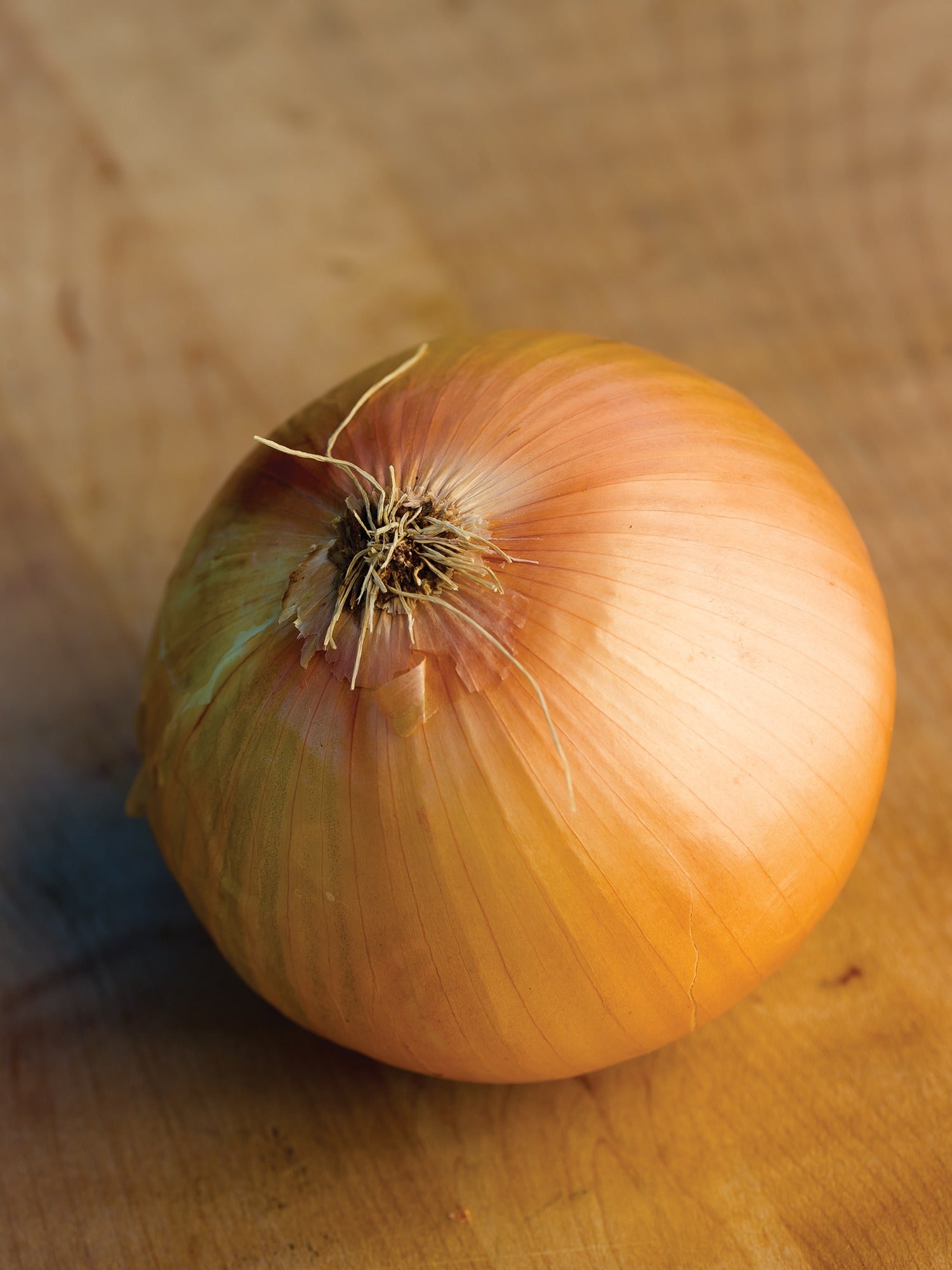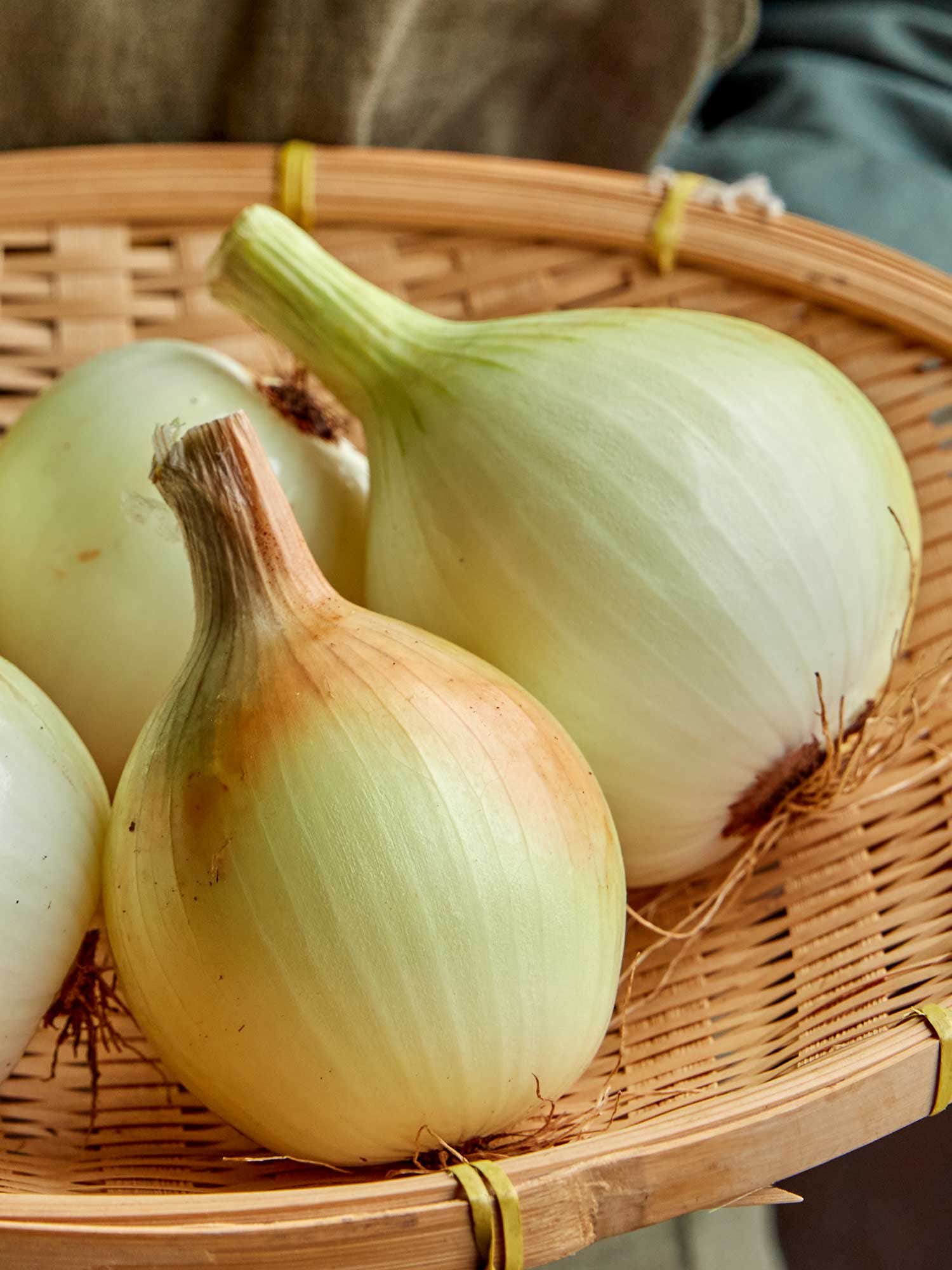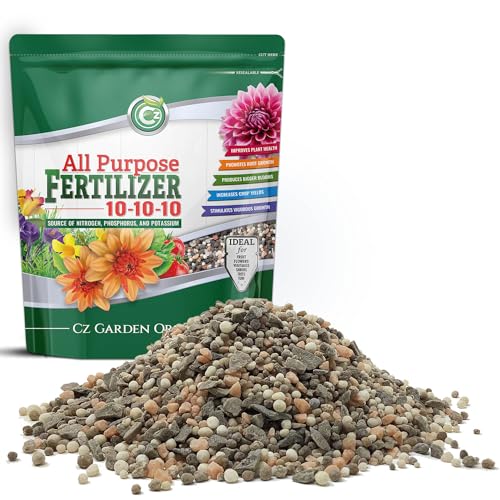How to grow bigger onions – 5 tips from a professional kitchen gardener
It is important to think about which onions you grow and how you grow them


Growing onions is a task that requires patience, as it takes many months to go from planting the crop to getting that highly anticipated harvest of bulbs. Every grower wants those onions to be large and healthy when lifting the bulbs in summer or early fall.
Onions have always been a crop I have enjoyed growing. Over the years I have predominantly grown my onions from seed and been rewarded with a reliably good crop of sizeable bulbs.
Deciding between seeds and sets is one of the decisions you can make to help bring aspirations of growing large onions to reality. Which onions you grow and how you plant and care for them can make all the difference and reward you with a harvest of large onions.

Growing bigger onions is the aspiration for many growers
5 tips for growing bigger onions
The following are all important factors that will help your onions grow big and healthy. I have grown onions in kitchen gardens for many years and have utilized these 5 tips that can help you grow big onion bulbs.
1. Pick a large variety
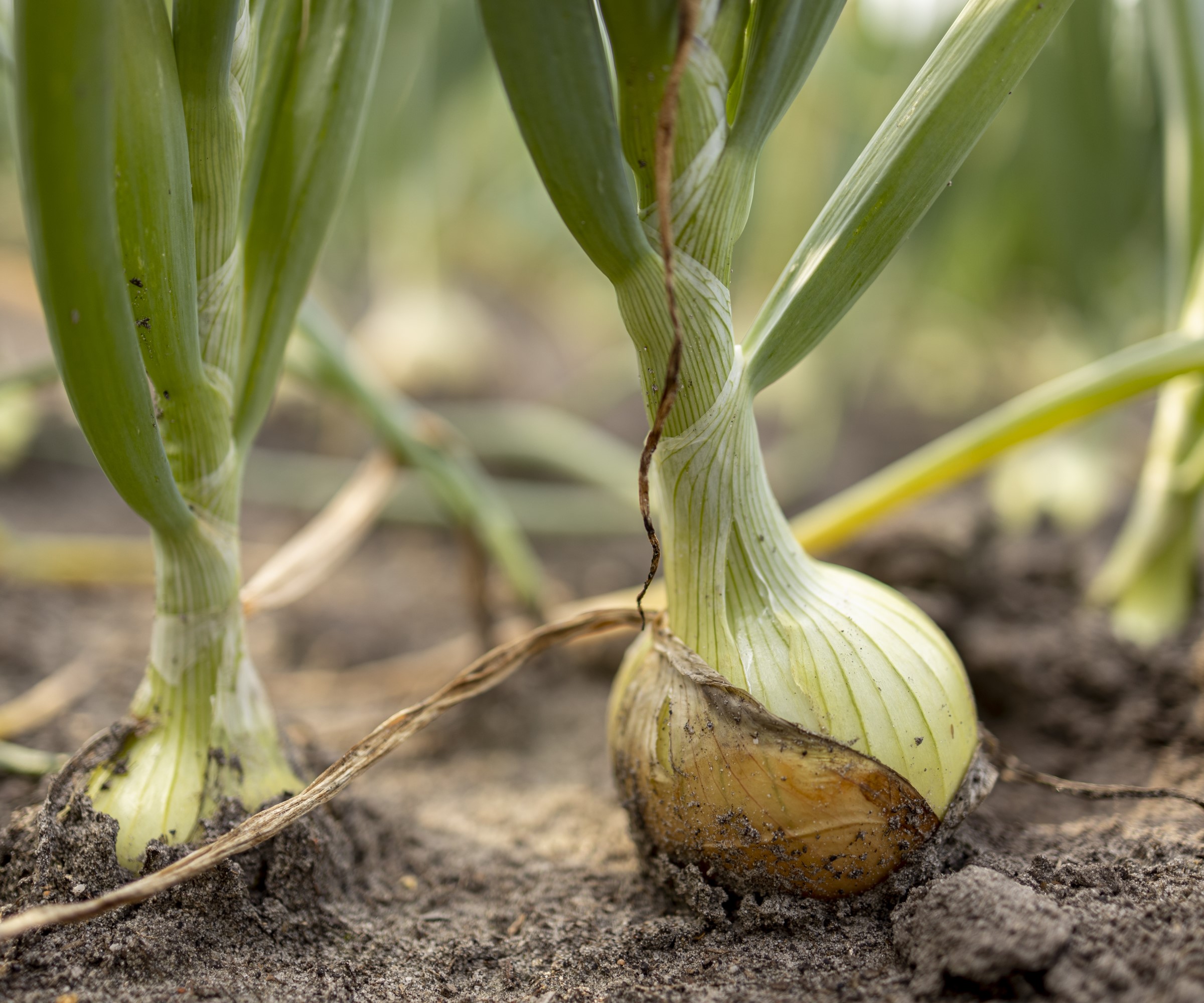
Onion varieties come in a range of different sizes, colors, and flavors
There are hundreds of different types of onions you can grow and choosing a variety known to produce big bulbs helps ensure good-sized onions come harvest time. Onions come in short-day, intermediate-day, and long-day types, these are determined by how much sunlight they need to start forming bulbs.
Long-day onions will start forming bulbs when there are 14 hours of light each day and are ideal for growing large bulbs. However, ensure any chosen variety is suited to your location and that it has time to produce lots of foliage before the bulbs start forming. An abundance of healthy foliage is critical to transferring the energy into developing a large bulb.
Shop large onion varieties
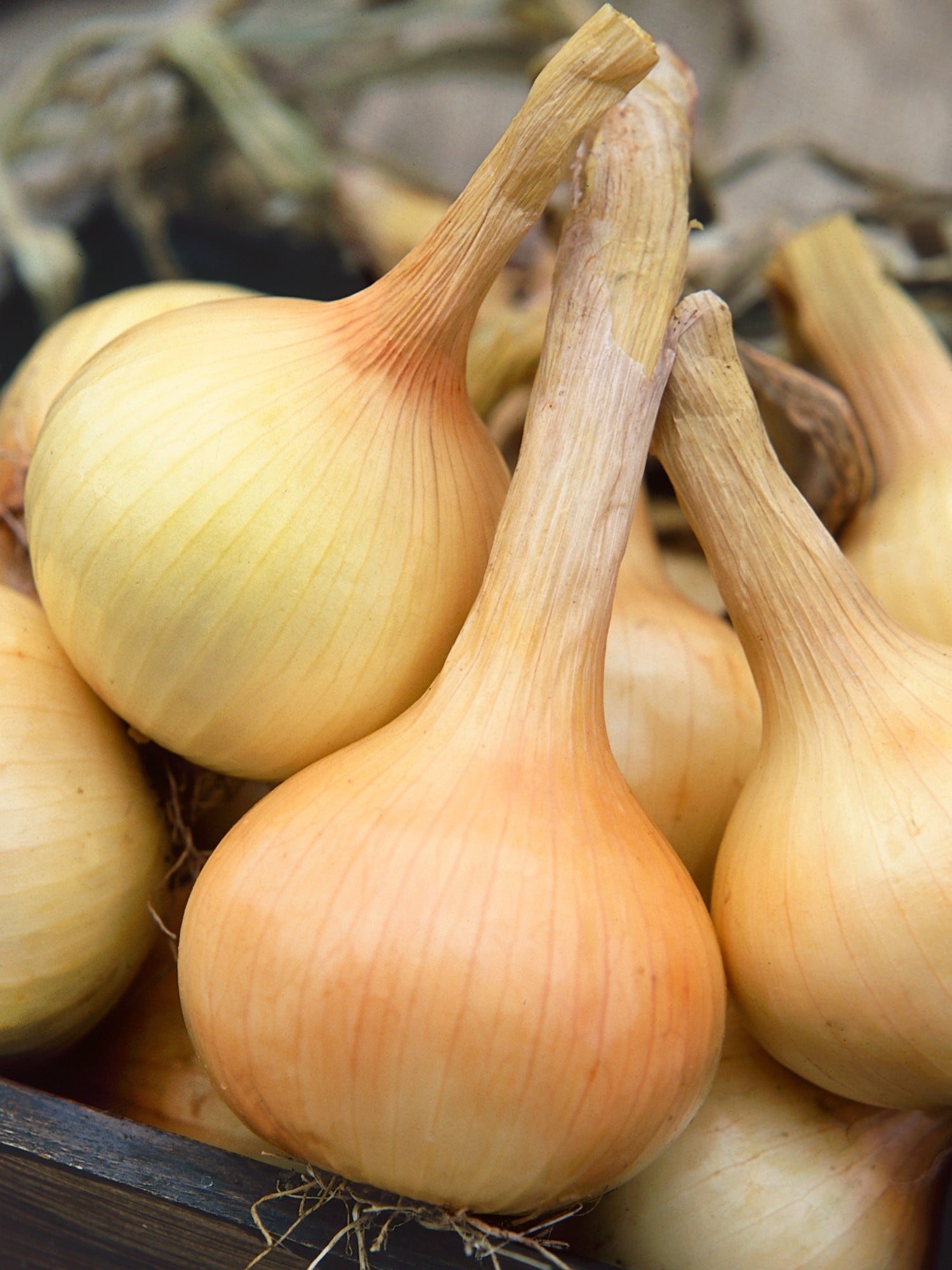
Big round onions with sweet, mild, juicy flesh. Bulbs can reach 2 lb. apiece and will store 2-3 months.
2. Grow from seed
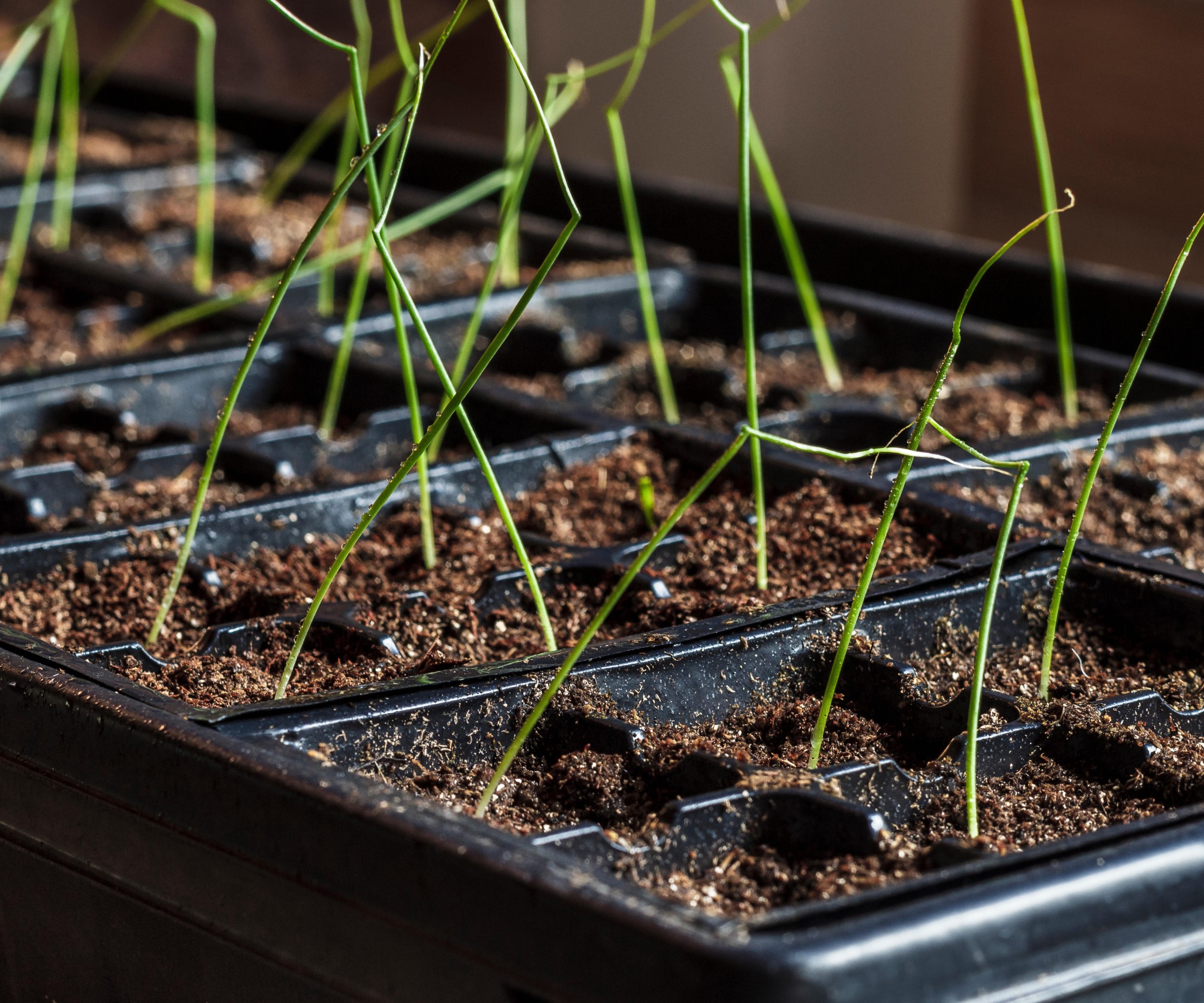
Onions grown from seed are renowned for producing bigger bulbs
Onions can be grown from seeds or sets. Seeds are cheaper and available in more different varieties, however sets are easier and more convenient for many gardeners. Growing onions from seed is the best way to get larger onions as it allows for a longer growing season and more time for the onions to develop and mature to a big size.
Plant onion seeds in late winter in a heated greenhouse or a heated propagator. The ideal time to plant the vegetable seeds is January or February, however, some growers with the luxury of LED grow lights and a heated environment will sow seeds as early as Boxing Day. It is best to sow the seeds indoors around 10 weeks before you reckon you can plant them outside.
If you can provide onion seeds with a consistent temperature of 50-60°F you should get good germination and you can transplant onion seedlings into the vegetable garden after the risk of frost ends in early spring.
Discover the range of onion seeds available at True Leaf Market
3. Provide ample room
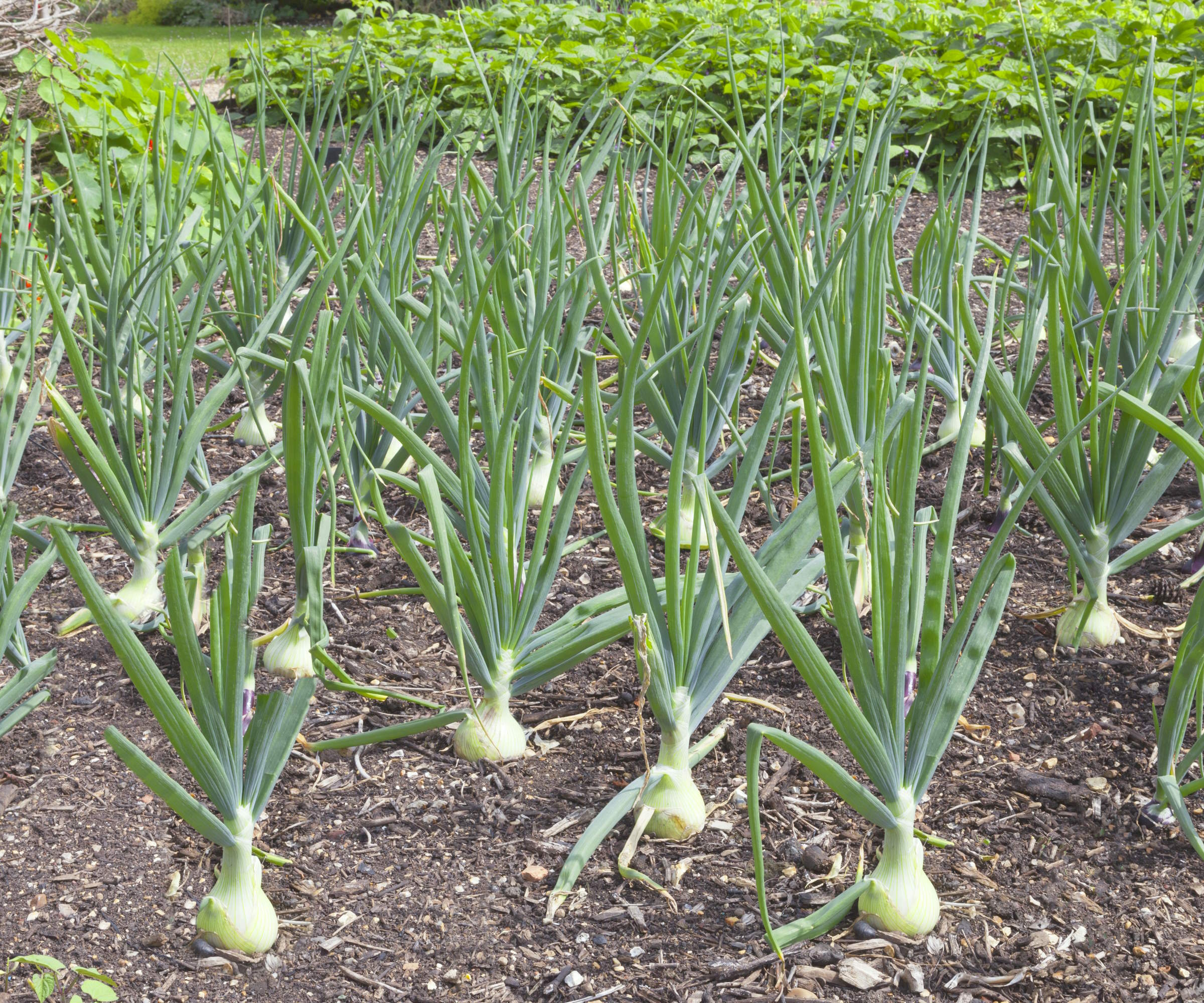
Picking a sunny spot and keeping the bed weed-free will help to grow bigger onions
If you aspire to grow large onions, give the bulbs adequate space to develop. Large onions need ample space and crowding the bulbs too close will restrict the growth.
When you plant onions in the vegetable garden, space each one 4-6 inches apart in rows 12-18 inches apart. The spacing gives each bulb room to grow and also provides room to run a garden hoe around plants to control weeds that may steal precious water and energy away from your onions.
Overcrowding is an onion-growing problem that causes plants to compete for nutrients and sunlight and means you will not get such a great harvest of bulbs.
4. Stay on top of watering
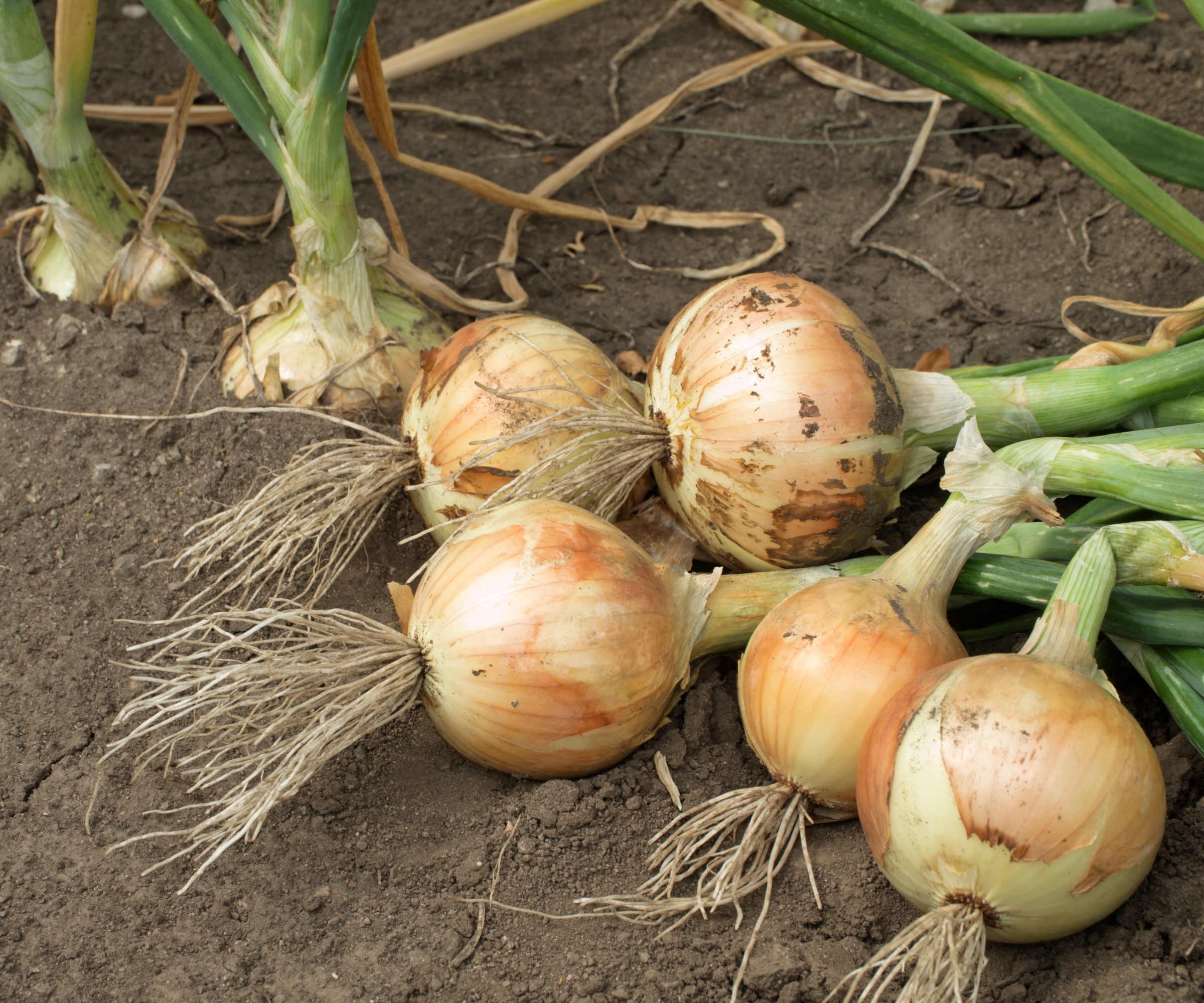
Stop watering once the bulbs have swelled - or it will impact the storage life
Consistent and regular watering is essential to develop large onion bulbs, so keep a close eye on when to water plants to ensure they get the irrigation they need to grow large.
Onions are a crop with shallow roots so can suffer quickly if you fail to keep the soil moist in summer. If the soil dries out, the onion can become stressed and that affects the bulb development. The soil wants to be moist but not waterlogged as that can lead to root rot.
Onions want one inch of water per week, rising to two inches per week during the bulbing phase. Use a soil moisture meter, available at Amazon, to monitor the levels in the soil and make sure to water as required. Take care to water the base of the plants and not the foliage as that can increase the susceptibility to fungal diseases, such as powdery mildew.
Mulching around plants will be beneficial as it can help retain moisture in the soil and suppress weeds from growing among your onion crop.
5. Fertilize regularly
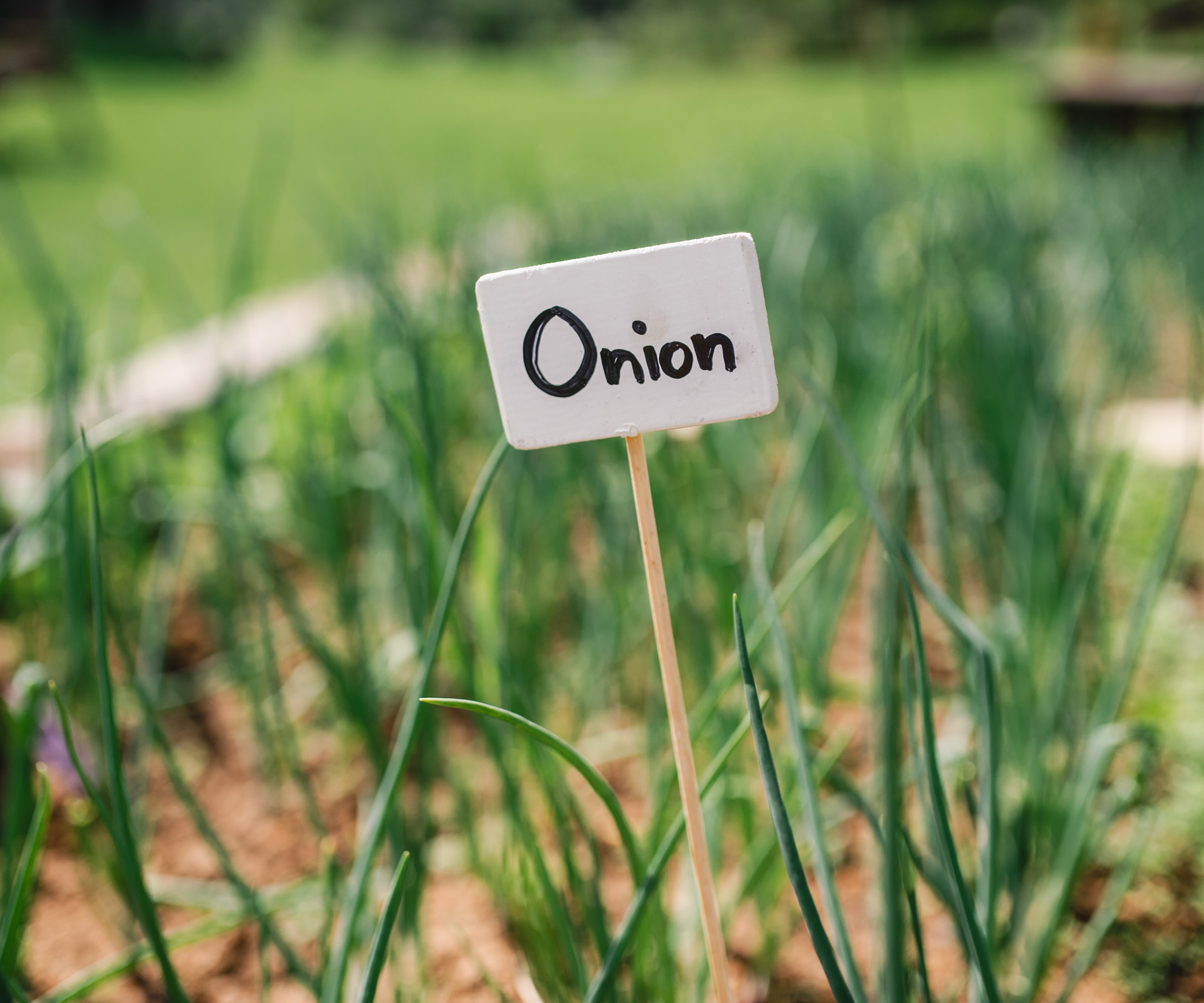
A well-maintained bed will produce bigger onions than neglected crops
Fertilizing onions helps increase the size of the bulbs. The key times to fertilize onions come before planting, at the time of planting, and a few weeks after the onions have been planted.
Adding compost or organic matter to the planting site in the months before planting your onions will increase the soil fertility - and onions revel in growing in rich soil types. When you plant your onion crop outside in spring, a balanced fertilizer with an NPK of 10-10-10 is a great option to help bulbs establish a strong root system.
Once the onions have been planted for 3-4 weeks, side-dressing the crop with a high-nitrogen feed will promote foliage growth. Avoid over-fertilizing plants with high-nitrogen feeds later in the season, which can promote the development of leaves at the expense of the bulb.
Shop onion fertilizers
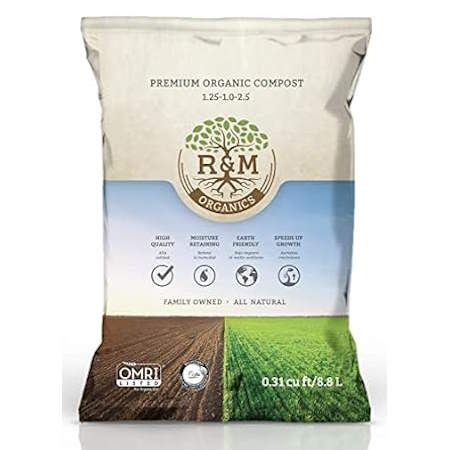
Derived from 100% dairy cow manure, this compost helps improve your soil by bringing much-needed nutrients that are often depleted after your harvests.
FAQs
How long does it take to grow large onions?
Onions typically take up to 100 days to mature when grown from seed and closer to 80 days if planted from sets. That is based on a season for an average onion grower. The earlier you sow the seeds indoors prolongs the season overall, so those who sow very early in winter and use grow lights and heated greenhouses to get ahead and grow giant onions for showing may have up to an eight or nine-month growing season.
After all the effort involved in growing bigger onions, store your crop properly so you can enjoy your harvest for as long as possible. Lay out the onions in a place dry and warm for a couple of weeks until the skins turn papery. Then store the onions in a net bag, after removing the roots and leaving only a couple of inches of stem.
Sign up to the Homes & Gardens newsletter
Design expertise in your inbox – from inspiring decorating ideas and beautiful celebrity homes to practical gardening advice and shopping round-ups.

Drew’s passion for gardening started with growing vegetables and salad in raised beds in a small urban terrace garden. He has worked as a professional gardener in historic gardens and specialises in growing vegetables, fruit, herbs, and cut flowers as a kitchen gardener. That passion for growing extends to being an allotmenteer, garden blogger, and producing how-to gardening guides for websites. Drew was shortlisted for the New Talent of the Year award at the 2023 Garden Media Guild Awards.
-
 Everyone is obsessed with vintage tiles right now – bring the nostalgic charm of this classic design feature into your home with our 5 design ideas
Everyone is obsessed with vintage tiles right now – bring the nostalgic charm of this classic design feature into your home with our 5 design ideasHonor the past with our favorite ways to decorate with vintage tiles, as suggested by interior design experts
By Eleanor Richardson Published
-
 'It's a fast reset button' – using the 1, 2 ,3 ,4, 5 decluttering method cleared my persistent mess in seconds
'It's a fast reset button' – using the 1, 2 ,3 ,4, 5 decluttering method cleared my persistent mess in secondsIt's easy, effective and so quick to do
By Ottilie Blackhall Published
